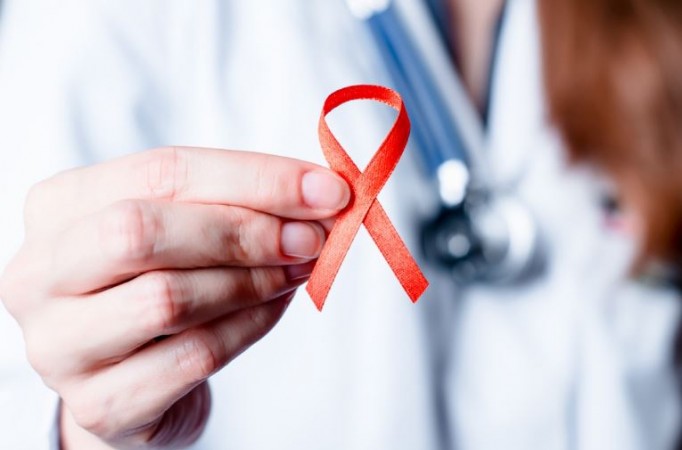
World AIDS Day, observed annually on December 1, serves as a global platform to raise awareness about AIDS, a life-threatening disease caused by the Human Immunodeficiency Virus (HIV). This comprehensive guide aims to provide detailed insights into various aspects of AIDS, offering information on prevention, testing, support, and dispelling myths.
Section 1: Understanding HIV and AIDS
1.1 What is HIV?
Human Immunodeficiency Virus (HIV) is a virus that attacks the immune system, weakening the body's ability to defend against infections and diseases.
1.2 Progression to AIDS
Without timely intervention, HIV can progress to Acquired Immunodeficiency Syndrome (AIDS), a stage where the immune system is severely compromised, making the individual susceptible to opportunistic infections.
Section 2: World AIDS Day - History and Significance
2.1 Inauguration of World AIDS Day
The first World AIDS Day was observed on December 1, 1988, with the primary objective of dispelling myths surrounding AIDS and fostering support for those affected.
2.2 Combatting Stigma and Discrimination
World AIDS Day plays a crucial role in addressing societal stigma and discrimination associated with HIV/AIDS, encouraging a supportive environment for affected individuals.
Section 3: Myths and Realities about AIDS
3.1 Dispelling Common Myths
Explore prevalent myths surrounding AIDS and provide accurate information to counter misconceptions that contribute to stigma.
Section 4: Prevention Strategies
4.1 Safe Practices in Intimate Relationships
Offer guidance on practicing safe behaviors during intimate relationships, emphasizing the importance of protection to prevent HIV transmission.
4.2 Importance of HIV Testing
Highlight the significance of regular HIV testing, especially for individuals with multiple sexual partners, to ensure early detection and timely intervention.
4.3 Needle and Drug Paraphernalia Safety
Educate about the risks associated with sharing needles and drug paraphernalia, emphasizing the importance of avoiding such practices to prevent HIV transmission.
Section 5: Seeking Medical Attention
5.1 The Importance of Timely Medical Care
Emphasize the critical role of seeking prompt medical attention if there is a fear of HIV infection, and discuss the available treatment options.
5.2 Pregnant Women and Prevention of Mother-to-Child Transmission
Provide information on the measures pregnant women with HIV can take to prevent transmission of the virus to their babies.
Section 6: Commemorating Those Affected by AIDS
6.1 Remembering Those Who Have Died
Reflect on the significance of commemorating individuals who have lost their lives to AIDS, fostering empathy and understanding.
Section 7: Global Efforts and Public Awareness
7.1 International Collaboration for Disease Prevention
Highlight global initiatives and collaborations aimed at preventing the spread of HIV/AIDS and providing support to affected communities.
7.2 The Role of Public Awareness
Discuss the importance of public awareness campaigns in disseminating information, reducing stigma, and promoting a more informed and supportive society.
In conclusion, this comprehensive guide aims to empower individuals with knowledge about HIV/AIDS, offering insights into prevention, testing, and support. By dispelling myths and promoting awareness, we contribute to the global effort to create a more compassionate and informed society in the fight against AIDS.
If you are a mother for the first time then know the advantages and disadvantages of breastfeeding
Eat these things in winter, you will get plenty of protein
Workday Workout: Stay Fit and Focused with These Desk Exercises